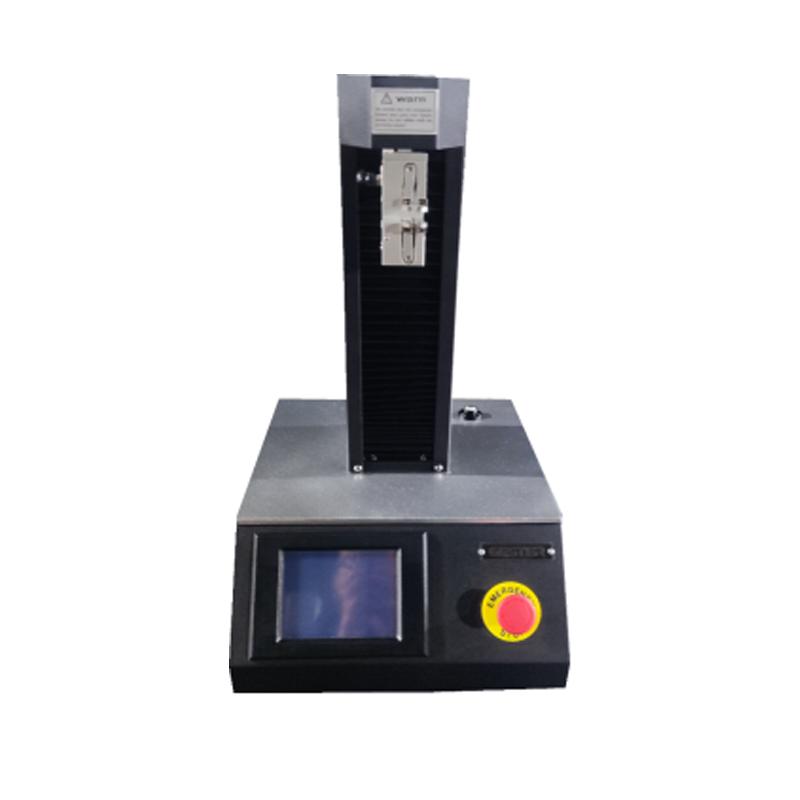All You Need to Understand About Robotic Vision and Its Applications in Advanced Optical Dimension Solutions
Robotic vision stands for a substantial development in the junction of computer system vision, expert system, and artificial intelligence. This modern technology improves the accuracy of optical dimension systems, enabling real-time data analysis and enhanced quality assurance. Its influence extends several industries, from manufacturing to health care. Nevertheless, the evolving landscape of robotic vision increases questions regarding future capacities and applications (optical measurement system). What innovations exist in advance in this transformative field?
Understanding Robotic Vision: Secret Concepts and Technologies
Robotic vision incorporates the technologies and techniques that allow makers to analyze and comprehend visual information from their atmosphere. This area incorporates aspects of computer vision, artificial knowledge, and artificial intelligence to assist in automated decision-making based on aesthetic information. Trick principles consist of picture handling, which involves the enhancement and evaluation of photos to extract meaningful features, and things recognition, which allows devices to recognize and identify objects within a scene.
The Assimilation of Robotic Vision With Optical Dimension Solutions
As sectors significantly demand accuracy and effectiveness, the assimilation of robot vision with optical dimension systems has actually emerged as a transformative technique. This synergy allows robotics to regard and translate their environments, improving the capability of optical measurement systems to evaluate and analyze items with unrivaled precision. By equipping optical sensing units with innovative imaging modern technologies, robotic vision allows real-time information collection and processing, facilitating prompt modifications to dimension specifications.
The mix encourages automated systems to discover variations in measurements, surface area quality, and placement, which are critical in top quality control processes. Boosted algorithms, such as machine learning, additional increase this integration by improving the systems' ability to adjust to different settings and circumstances. Subsequently, the integration not only enhances dimension procedures however additionally reduces errors, making sure that products fulfill rigid sector criteria, thus strengthening the function of robotic vision in the future of optical dimension systems.
Applications of Robotic Vision in Production
In contemporary manufacturing settings, the usage of vision systems has actually transformed manufacturing procedures by enabling machines to carry out tasks with remarkable precision and speed. Robotic vision systems are significantly employed for quality assurance, where they check products for issues and warranty adherence to specifications. These systems use cams and advanced formulas to assess products in real-time, considerably lowering the threat of human mistake.
Additionally, robotic vision promotes automation in production line, enabling robotics to properly determine components and assemble them with very little downtime. This modern technology additionally improves stock management, as vision systems can keep an eye on stock levels and find inconsistencies, ensuring a seamless supply chain.
Robotic vision help in the application of smart factories, where information from vision systems can be integrated with other innovations to maximize process (robotic vision). On the whole, the applications of robot vision in producing demonstrate its essential duty in boosting efficiency, top quality, and productivity throughout numerous markets
Robotic Vision in Medical Care: Transforming Individual Care

In recovery, robot vision help in checking person progress and customizing therapy sessions to specific needs. It supports physician by automating tasks such as data collection and individual surveillance, permitting even more time to concentrate on straight person communication. Furthermore, robotic vision improves telemedicine by enabling remote diagnosis and online assessments, linking the space between clients and medical care service providers. On the whole, the application of robotic vision in health care is reinventing patient care, bring about boosted end results, effectiveness, and person contentment.
Future Fads and Developments in Robotic Vision Innovation
The rapid evolution of robotic vision innovation guarantees to additionally enhance its applications throughout different industries, consisting of healthcare. Future fads suggest a considerable change in the direction of including artificial intelligence and equipment understanding, allowing systems to discover from substantial datasets and enhance precision over time. Boosted sensor technologies and deep knowing formulas are expected to fine-tune object recognition capabilities, permitting robots to translate intricate settings extra properly.

The assimilation of enhanced truth (AR) with robotic vision will likely transform exactly how robotics aid in medical treatments and diagnostics. This harmony will assist in real-time information visualization, improving decision-making processes. Furthermore, miniaturization of parts will certainly result in even more compact and versatile robot vision systems ideal for a range of tasks. As these innovations unravel, sectors will certainly witness raised automation and efficiency, solidifying robotic vision as a keystone of innovative technological remedies.
Often Asked Concerns
What Are the Key Parts of a Robotic Vision System?
The major parts of a robotic vision system consist of electronic cameras for picture capture, cpus for data analysis, algorithms for interpretation, and actuators for activity. With each other, these elements enable robots to perceive and communicate with their atmosphere efficiently.
Exactly How Does Robotic Vision Improve Accuracy in Measurements?
Robotic vision robotic vision enhances measurement accuracy by using innovative imaging technologies, making it possible for specific things discovery and spatial evaluation. This ability minimizes human mistake, increases repeatability, and permits for real-time modifications, ultimately boosting total dimension integrity and performance.
What Industries Advantage Many From Robotic Vision Innovation?
Numerous sectors profit substantially from robotic vision technology, including manufacturing, health care, farming, and logistics. These sectors utilize improved precision, effectiveness, and automation, leading to improved efficiency and reduced functional costs in their corresponding procedures.
Can Robotic Vision Solutions Job in Low-Light Conditions?
Robotic vision systems can undoubtedly work in low-light problems, using innovative sensors and formulas to enhance photo quality. This capability permits them to perform successfully in different atmospheres, consisting of commercial and monitoring applications, despite marginal illumination.
What Are the Expenses Related To Implementing Robotic Vision?
The prices related to implementing robotic vision vary considerably, influenced by elements such as cameras, software, and combination. Additional expenditures include maintenance, training personnel, and possible upgrades to existing systems, which can gather with time.